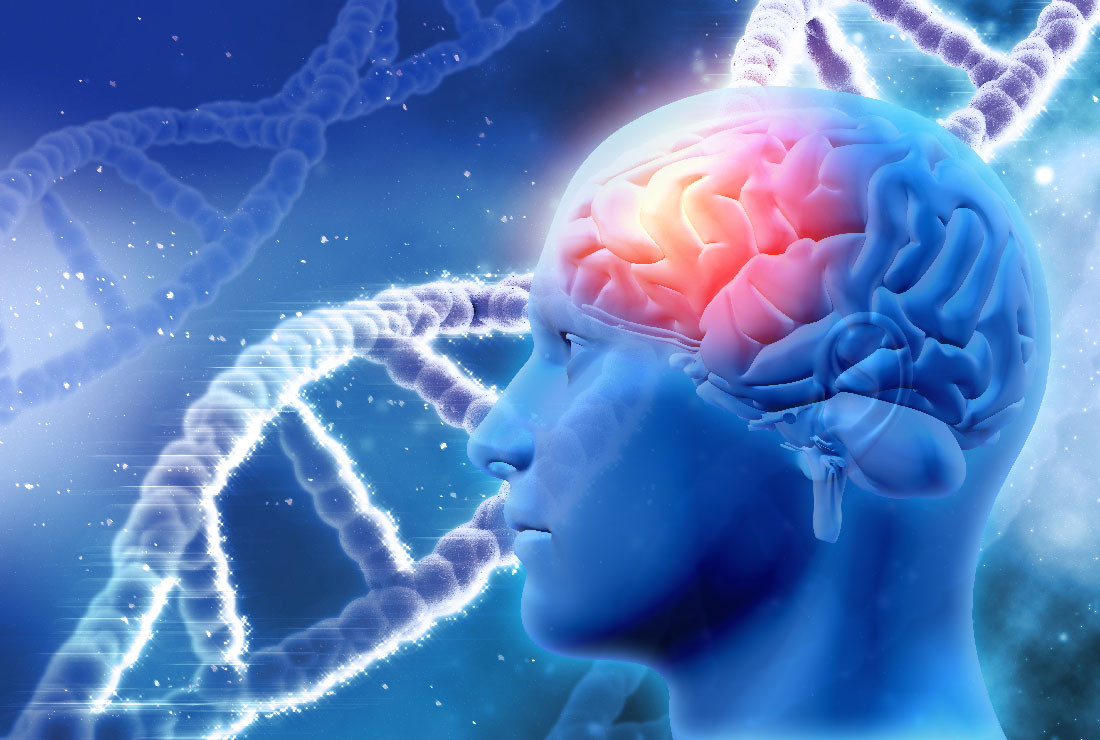Tardive Dyskinesia: Symptoms, Causes, Treatment
What are the symptoms of tardive dyskinesia?
Tardive dyskinesia (TD) is a neurological disorder characterized by involuntary, repetitive movements that typically involve the face, lips, tongue, trunk, and extremities. Symptoms of tardive dyskinesia can vary in severity and may include:
- Grimacing: Involuntary facial movements, such as grimacing, puckering, or pursing of the lips.
- Tongue Movements: Repetitive tongue movements, such as sticking out the tongue, thrusting or licking movements, or rolling the tongue.
- Chewing or Jaw Movements: Involuntary movements of the jaw, including chewing motions or jaw swinging.
- Facial Twitching: Rapid or jerky movements of the face, such as blinking or eye twitching.
- Lip Smacking or Puckering: Involuntary movements of the lips, such as smacking or puckering.
- Pursing or Puckering of the Lips: Involuntary puckering or pursing of the lips.
- Involuntary Movements of the Arms, Legs, or Torso: Tardive dyskinesia can also affect other parts of the body, causing repetitive, uncontrollable movements of the arms, legs, or torso.
- Uncontrolled Movements of the Fingers: In some cases, TD may cause uncontrolled movements of the fingers, such as tapping or flicking motions.
It’s important to note that tardive dyskinesia is often associated with long-term use of certain medications, particularly antipsychotic medications used to treat conditions such as schizophrenia and bipolar disorder. However, TD can also occur in individuals who have taken these medications for a relatively short period. If you are experiencing symptoms of tardive dyskinesia, it is important to speak with a healthcare professional for an accurate diagnosis and appropriate management.
What are the causes of tardive dyskinesia?
Tardive dyskinesia (TD) is primarily caused by the long-term use of certain medications, particularly antipsychotic medications used to treat psychiatric disorders such as schizophrenia, bipolar disorder, and other mental health conditions. These medications are thought to disrupt the balance of neurotransmitters in the brain, leading to abnormal movements.
The exact mechanism by which antipsychotic medications cause TD is not fully understood, but it is believed to involve changes in dopamine receptor sensitivity in the brain. Dopamine is a neurotransmitter that plays a role in controlling movement, and alterations in dopamine function may contribute to the development of TD.
Other factors that may increase the risk of developing TD include:
- Duration of Medication Use: The longer a person takes antipsychotic medications, especially at higher doses, the greater the risk of developing TD.
- Age and Gender: Older individuals and women may be at higher risk of developing TD.
- Genetic Factors: Some individuals may be more genetically predisposed to developing TD.
- Underlying Mental Health Conditions: The severity of the underlying mental health condition being treated may also play a role.
It’s important to note that not everyone who takes antipsychotic medications will develop TD, and the risk varies among individuals. Monitoring for early signs of TD and adjusting medication regimens when appropriate can help reduce the risk of developing this condition. If you are taking antipsychotic medications and are concerned about the risk of TD, it’s important to discuss your concerns with your healthcare provider.
What is the treatment for tardive dyskinesia?
Treatment for tardive dyskinesia (TD) focuses on managing symptoms and may include:
- Medication Adjustments: In some cases, reducing the dose of the offending medication or switching to a different medication with a lower risk of causing TD (such as atypical antipsychotics) may help improve symptoms.
- Tardive Dyskinesia-Specific Medications: There are medications specifically approved for the treatment of TD, such as valbenazine and deutetrabenazine. These medications work by regulating dopamine levels in the brain and may help reduce involuntary movements.
- Botulinum Toxin Injections: Botulinum toxin injections (Botox) may be used to temporarily reduce muscle contractions and improve symptoms in specific areas, such as the face or neck.
- Deep Brain Stimulation (DBS): DBS is a surgical procedure that involves implanting electrodes in the brain to help regulate abnormal brain activity. It may be considered in severe cases of TD that do not respond to other treatments.
- Behavioral Therapy: Behavioral therapies, such as biofeedback or relaxation techniques, may help some individuals manage TD symptoms.
- Supportive Care: Supportive care, such as physical therapy or speech therapy, may help improve motor function and quality of life for individuals with TD.
It’s important for individuals with TD to work closely with a healthcare team, including a neurologist or psychiatrist experienced in managing movement disorders, to develop a comprehensive treatment plan. Treatment for TD is often individualized based on the severity of symptoms, the underlying cause, and the individual’s overall health and treatment goals.




